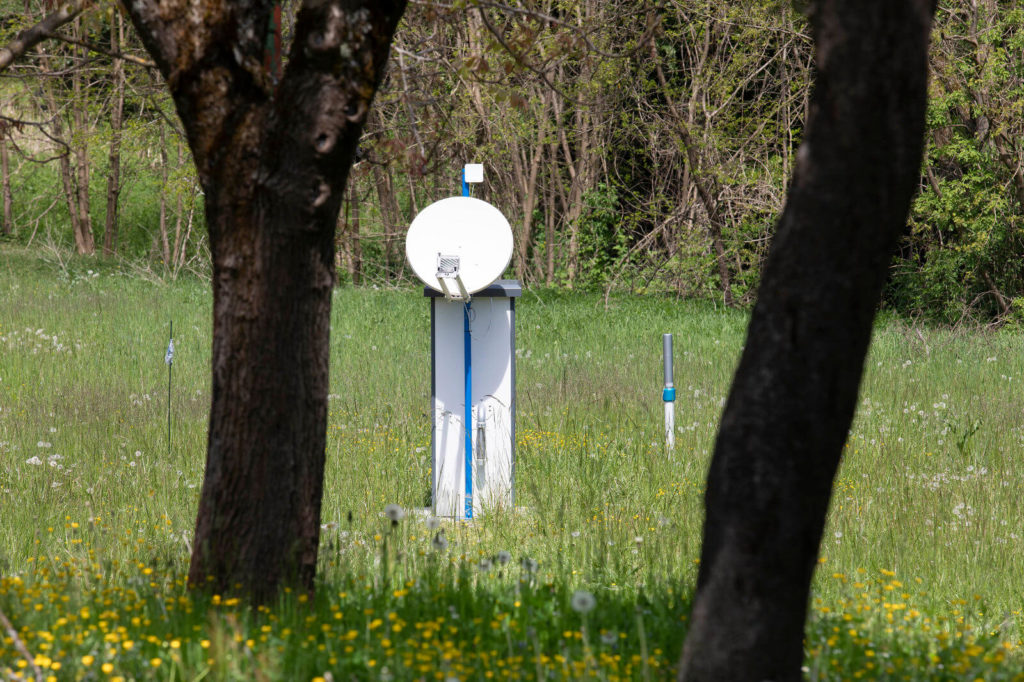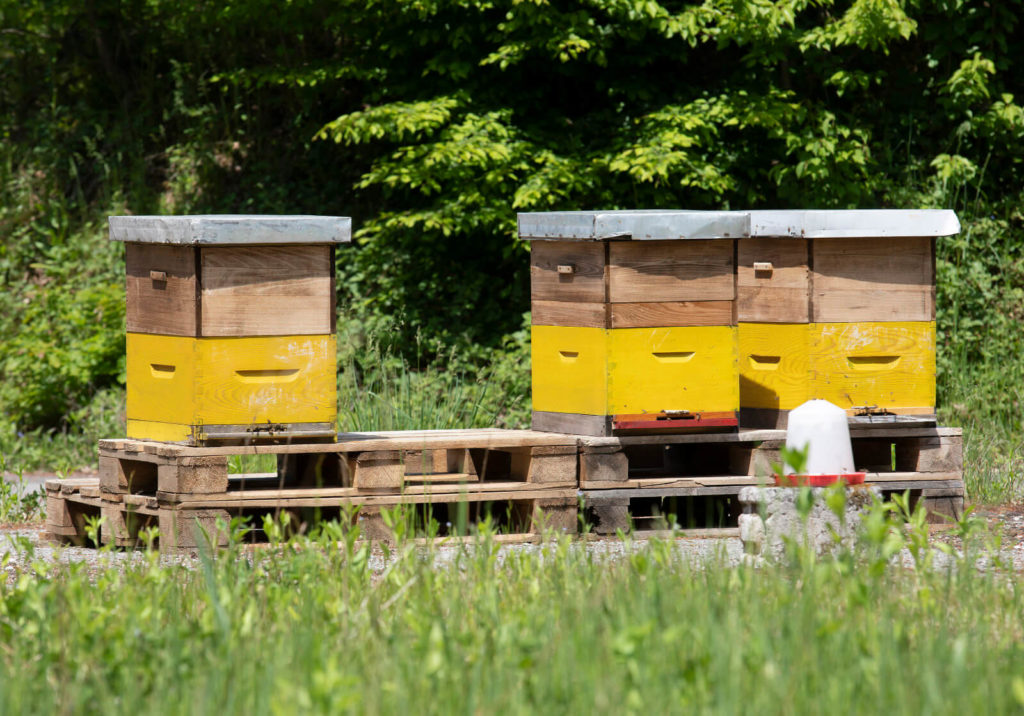The second job cluster involves measuring radioactivity to define the zero (current) state at the future RW Management Centre site and in the Dvor Municipality, with individual dose estimates. On 19 August 2020, this was contracted to a bidding group comprising the Institute for Medical Research and Occupational Health, the Ruđer Bošković Institute and the Faculty of Agriculture at the University of Zagreb. The research objective is to gain a complete, independent overview of radioactivity levels on-site and in the Dvor Municipality surrounding the Čerkezovac site. This includes the calculation of equivalent and effective radiation doses for varying exposure pathways as well as doses to the total population. These measurements should be made by accredited laboratories and professional staff using prescribed methods and their results should be comparable with limit values and reference data from other sites.
Determining the zero state of radioactivity at the future Centre site is one of the environmental protection measures prescribed as part of the strategic environmental impact assessment for the National Programme for the Implementation of the Radioactive Waste, Disused Sources and Spent Nuclear Fuel Management Strategy. This was expanded to include the Dvor Municipality following a public hearing that was initiated by local residents.
The sampling and measurements, which also require sampling of individual environmental features and continuous in situ measurements, will be made over a one-year period. Planned sampling procedures include:
- surface waters around the Čerkezovac site and fish from surface waters;
- spring, well and groundwater;
- soils across the municipality;
- food from agricultural holdings;
- honey and other bee products;
- organisms from forest systems (mushrooms, blackberries, wild strawberries, chestnuts etc.) and game;
- air and precipitation.
The ambient dose equivalent, or the current dose of radioactivity in the environment, will be measured at a certain number of sites in the Dvor Municipality as well as on sections of the route that will be used to transport radioactive waste to the storage. The measurement will be continuous, using passive dosimetry systems.
In September 2020, measuring stations were set up at the future Centre site to monitor natural radioactivity levels. These included a totalizer, an air sampling station and an ambient dose rate monitoring system.
The totalizer is used to continuously collect precipitation on-site. Collected rainwater samples will be taken every month and analysed in an authorized laboratory. The analysis will include total dry matter content, total gamma and beta activity and strontium and tritium content. The estimated period of monitoring radioactivity in rainwater to define the zero state is one year from installation. The system will be part of the regular monitoring setup after the establishment of the Centre.
An air sampling station has been set up to measure the total gamma activity (gamma-emitter activity concentration) in air. It enables a continuous flow of the required air volume to collect particles and aerosols samples from air on filters. The filters are regularly changed and analysed in the laboratory for the type and activity of airborne radionuclides.
The measuring station for current radioactivity levels in the environment (ambient dose rate) contains a gamma detector with a stand, a universal data recorder and other necessary equipment. The gamma detector is calibrated with an ambient equivalent dose and has a wide measuring range that allows the detection of low values and minute changes in natural ambient radioactivity. The station enables the collection, analysis and storage of continuous measurements of the ambient dose rate at the future site of the Radioactive Waste Management Centre. It will be included in the existing SPUNN network – the preparedness system of the Republic of Croatia in case of elevated radioactivity levels in the environment – and provide input data for estimating doses to population.
At the end of the sampling and measurement period, the obtained data will be analysed and presented in a study report, including a risk analysis and estimate of effective doses to population from existing and artificial sources.






